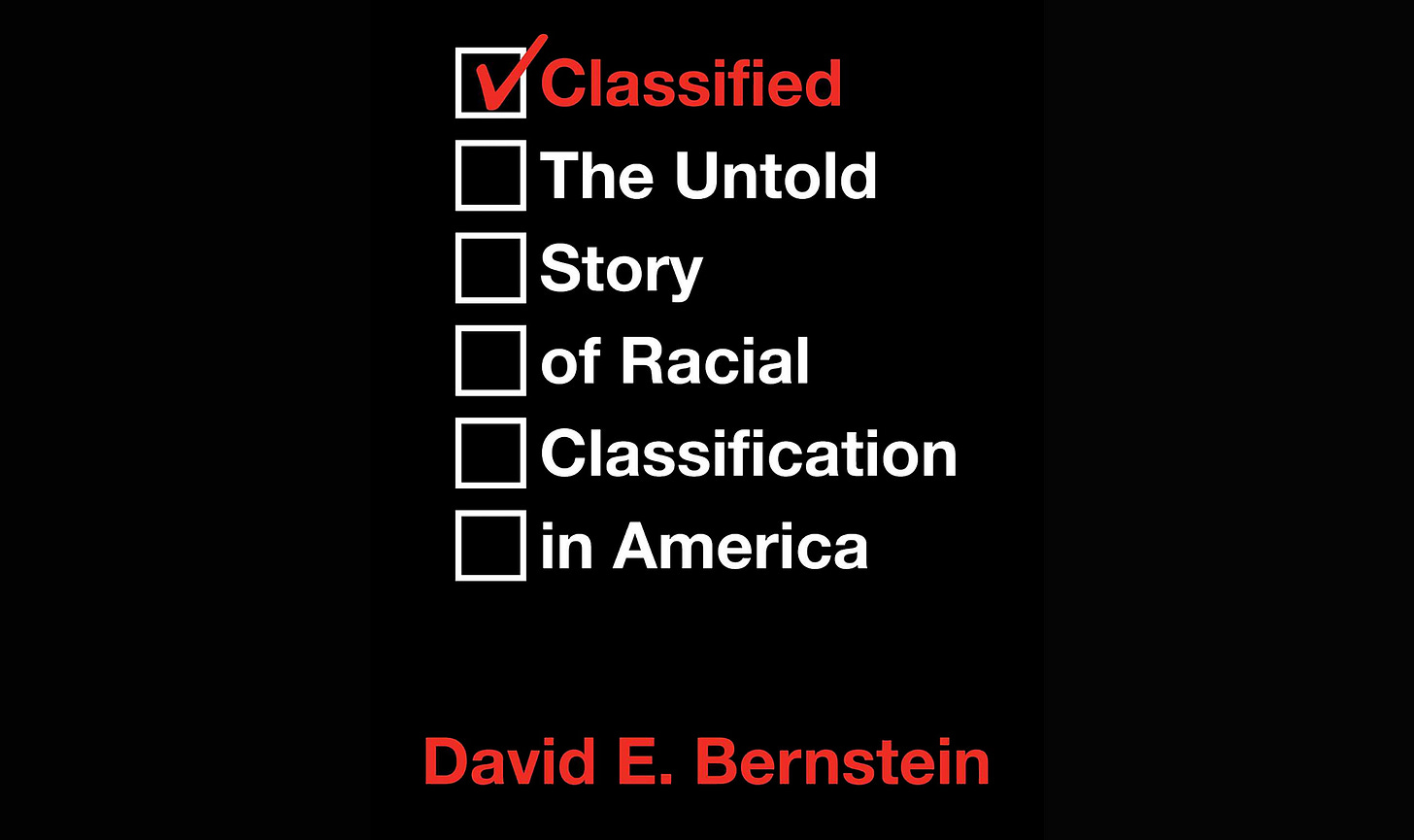Classified: The Untold Story of Racial Classification in America by David E. Bernstein
By Timothy Sandefur
New York: Bombardier Books, 2022
208 pp., $28
Five years ago, Washington state businessman Ralph Taylor demanded that the government declare him black. Taylor was of mixed race—a DNA test showed he had only 4 percent African ancestry—but he wanted his business to qualify for the special preferences that “black-owned” businesses enjoy under state and feder…
Keep reading with a 7-day free trial
Subscribe to The Objective Standard to keep reading this post and get 7 days of free access to the full post archives.


